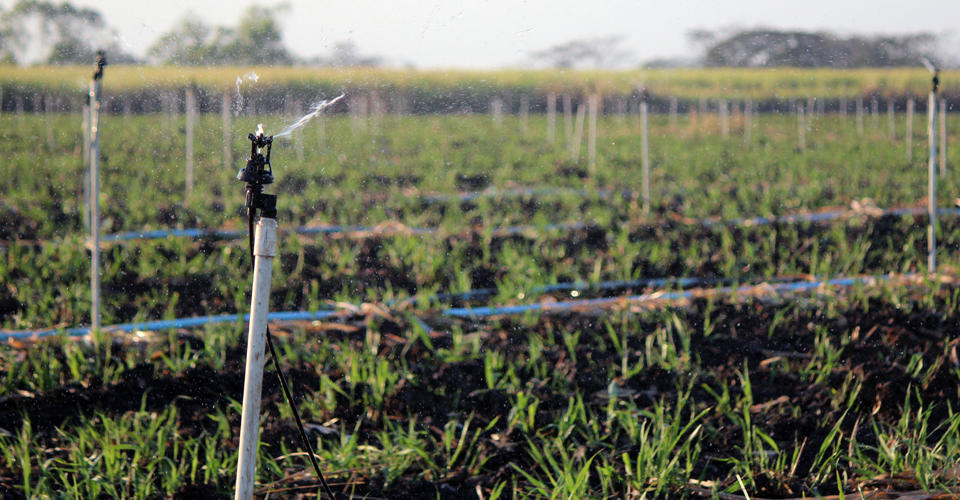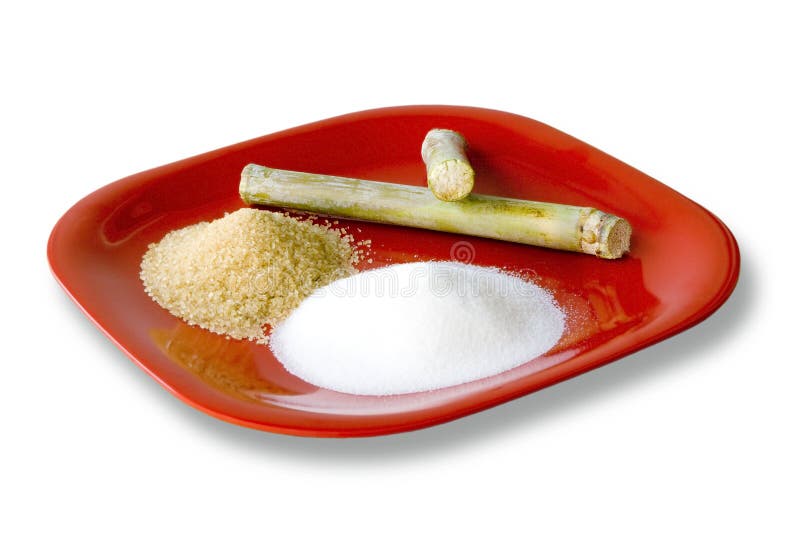The Journey of Sugarcane: From Harvest to Everyday Products
The journey of sugarcane is a multifaceted process that starts with thorough farming and finishes in a selection of items that permeate our everyday lives. From the moment the walking canes are harvested at their top sucrose levels, they undertake a collection of complex steps, consisting of cleaning, squashing, and information. These processes not only generate sugar however likewise unlock a series of byproducts, such as ethanol and eco-friendly packaging materials. As we check out the numerous aspects of sugarcane's trip, its function in sustainability and the wider implications for our setting entered into sharper emphasis. What exists beyond the pleasant surface area?
Farming of Sugarcane
The growing of sugarcane is an essential agricultural procedure that needs specific ecological problems and administration practices. Optimal development happens in subtropical and exotic regions where temperature levels range between 20 ° C and 32 ° C. Adequate rains or irrigation is essential, as sugarcane prospers in moist soil with well-drained problems (sugarcane product). Soil high quality considerably affects yield; hence, farmers frequently perform soil tests to establish nutrient requirements
Planting commonly occurs in rows, utilizing stem cuttings recognized as setts, which are grown flat. This technique helps with efficient harvesting and makes the most of sunshine exposure. Crop rotation and intercropping are suggested techniques to enhance soil fertility and minimize parasite infestations. In addition, farmers employ integrated pest administration methods to decrease chemical inputs while guaranteeing healthy plant advancement.
Fertilization is another vital element, with phosphorus, potassium, and nitrogen being the main nutrients required for ideal growth. Prompt application of these plant foods can substantially enhance sugar yields. Additionally, monitoring for diseases and parasites throughout the expanding season is critical, as these variables can detrimentally impact crop health and performance. Generally, effective sugarcane farming depends upon a combination of ecological stewardship, critical planning, and recurring management practices.
Harvesting Strategies
Successful sugarcane farming culminates in the collecting stage, which is pivotal for taking full advantage of return and making sure quality. The timing of the harvest is critical; sugarcane is generally collected when sucrose levels height, typically in between 10 to 18 months after planting. This period differs based on environment, soil type, and sugarcane range.
Harvesting methods can be generally categorized right into manual and mechanical approaches. Hands-on harvesting is labor-intensive, depending on competent employees who utilize machetes to reduce the stalks close to the ground. This technique permits discerning harvesting, where only the ripest walking sticks are picked, thereby improving total sugar content.
Conversely, mechanical harvesting has obtained appeal due to its effectiveness and cost-effectiveness. Specialized farmers equipped with cutting knives and conveyor systems can process big locations promptly, considerably minimizing labor prices. This strategy might lead to the inclusion of premature canes and a possible decrease in sugar quality.

Regardless of the technique used, making certain that collected walking canes are transported swiftly to refining centers is necessary. Trigger managing lessens wasting and protects the stability of the sugarcane, setting the phase for optimum handling.
Processing Techniques
Processing sugarcane involves several critical actions that change the harvested stalks into useful items, largely sugar and molasses. The first stage is washing the walking cane to eliminate soil and particles, followed by the removal of juice with crushing or milling. This procedure normally employs hefty rollers that damage the cane fibers to launch the wonderful liquid had within.
When the juice is extracted, it undertakes information, where impurities such as dirt particles and bagasse are removed. This is frequently attained by adding lime and warming the juice, enabling sedimentation. The clarified juice is after that concentrated with evaporation, where water material is lowered, leading to a thick syrup.

Inevitably, the processing of sugarcane not just generates sugar and molasses however additionally lays the foundation for different derivatives, which will certainly be discovered in subsequent conversations.
Products Derived From Sugarcane
Sugarcane is a functional crop that produces a vast range of items past simply sugar and molasses. Amongst the primary byproducts are ethanol and biofuels, which have acquired prestige as sustainable energy resources. Ethanol, produced with the fermentation of sugarcane juice, offers as an alternative to fossil fuels and is usually blended with fuel to produce cleaner-burning fuels, lowering greenhouse gas emissions.
Additionally, sugarcane is a considerable resource of bagasse, the coarse deposit continuing to be after juice removal. Bagasse is utilized in various applications, including the production of paper, naturally degradable product packaging, and as a biomass gas for power generation. Its usage not just decreases waste yet also enhances the sustainability of sugarcane processing.
Furthermore, sugarcane-derived products encompass the food sector, where it offers as page a natural flavoring agent and sugar in numerous cooking applications. In the realm of cosmetics, sugarcane extracts are incorporated right into skin care items because of their natural exfoliating homes.
Environmental Impact and Sustainability
The farming and handling of sugarcane have considerable implications for environmental sustainability. This crop calls for considerable water resources, often leading to deficiency of regional water supplies and influencing bordering ecological communities. In addition, making use of fertilizers and chemicals in sugarcane farming can lead to soil deterioration and waterway air pollution, positioning threats you can try this out to biodiversity.

Lasting sugarcane farming additionally promotes dirt health with plant rotation and decreased tillage, boosting carbon sequestration. The adoption of these methods not just supports environmental honesty but likewise boosts the resilience of farming communities versus environment change.
Final Thought
In recap, the trip of sugarcane encompasses different phases from farming to processing, ultimately leading to a large array of products. The relevance of sugarcane expands past mere sweeteners, adding to renewable resource via ethanol manufacturing, lasting packaging through bagasse, and natural essences for cosmetics. This complex plant plays a crucial role in both dietary enrichment and environmental sustainability, highlighting its significance in modern agricultural and industrial methods.
Effective sugarcane cultivation finishes in the harvesting phase, which is pivotal for optimizing yield and guaranteeing high quality. The timing of the harvest is vital; sugarcane is commonly collected when sucrose degrees optimal, generally in between 10 to 18 months after growing.Processing sugarcane includes a number of important actions that transform the harvested stalks into useful items, largely sugar and molasses.Sugarcane is a flexible crop that yields a wide range of products beyond simply sugar and molasses. In addition, the usage of fertilizers and pesticides in sugarcane farming can result in dirt deterioration and waterway pollution, posing risks to biodiversity.